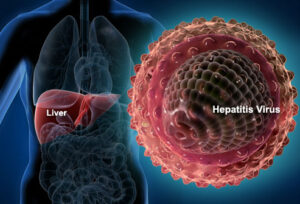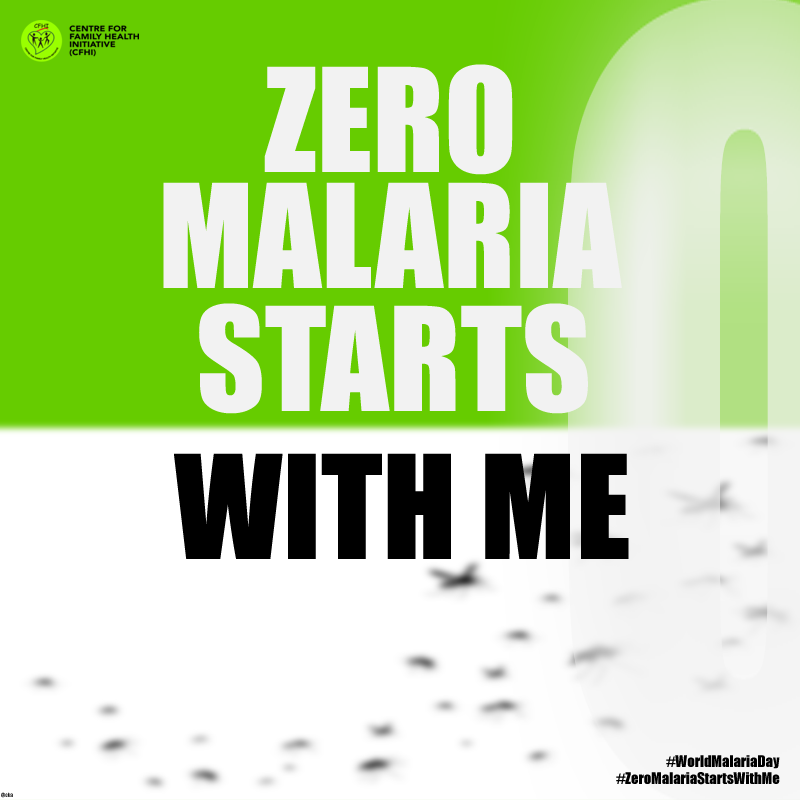VIRAL HEPATITIS

Hepatitis is a viral infection that affects human and destroys liver cells. Got the name “Hepa” from the word “liver”. According to the World Health Organization (WHO), after tuberculosis, the second major killer infectious disease is Hepatitis. The different strains of hepatitis viruses are Hepatitis A Virus (HAV), Hepatitis B Virus (HBV), Hepatitis C Virus (HCV), Hepatitis D Virus (HDV), and Hepatitis E Virus (HEV).
HBV and HCV are mainly transmitted via infected blood or body fluids and they cause severe damage to the liver. HAV and HEV on the other hand, are transmitted orally through contaminated food or water, while HDV can only infect people who are already infected with Hepatitis B virus.
Hepatitis B virus which is the most common type of hepatitis viruses is not yet curable but preventable via the use of vaccine. The primary treatment goal for patients with HBV infection is to prevent progression of the disease, particularly to cirrhosis, liver failure, and hepatocellular carcinoma (HCC). The use of antiviral treatment such as PEGylated interferon (PEG-IFN) or nucleotide analogues are used to prevent HCC.
For HCV, with the use of antiviral agents (>95%) Spontaneous resolution of acute HCV, infection may occur in 15% to 50% of patients hence, monitoring for spontaneous clearance for a minimum of 6 months before initiating treatment is recommended. Patients with acute HCV infection appear to have an excellent chance of responding to 6 months of standard therapy with Interferon (IFN). However, IFN-sparing regimens are safer and are currently recommended for the treatment of acute HCV infection as with chronic HCV infection. Treatment of chronic HCV infection has two goals. The first is to achieve sustained eradication of HCV which is defined as the persistent absence of HCV RNA in serum 12 weeks after completing antiviral treatment. The second goal is to prevent progression to cirrhosis, hepatocellular carcinoma (HCC), and decompensated liver disease requiring liver transplantation.
Hepatitis A is also preventable especially in individuals with chronic liver damage with the use of Hepatitis A vaccine. A synergistic approach of suppressing viral load and boosting the patient’s immune response with immunotherapeutic interventions is needed for the best prognosis.
According to WHO, 325 million people are living with HBV and HCV, 900,000 annual deaths caused by HBV infection, 90% of people living with HBV, and 81% of people living with HCV are unaware of their status. World Hepatitis Day, observed on July 28 every year aims to raise global awareness of Hepatitis and encourage prevention, diagnosis and treatment. Most strains of hepatitis viruses are not curable but preventable by the use of vaccines aside HCV. Hence, screening of Individuals and vaccination of the unaffected population is important in reducing the spread of the Infection.
Monday Health Burst is an initiative of Centre for Family Health Initiative to tackle issues of basic health concerns. Join us every Monday for more health related articles on all our social media platforms.


